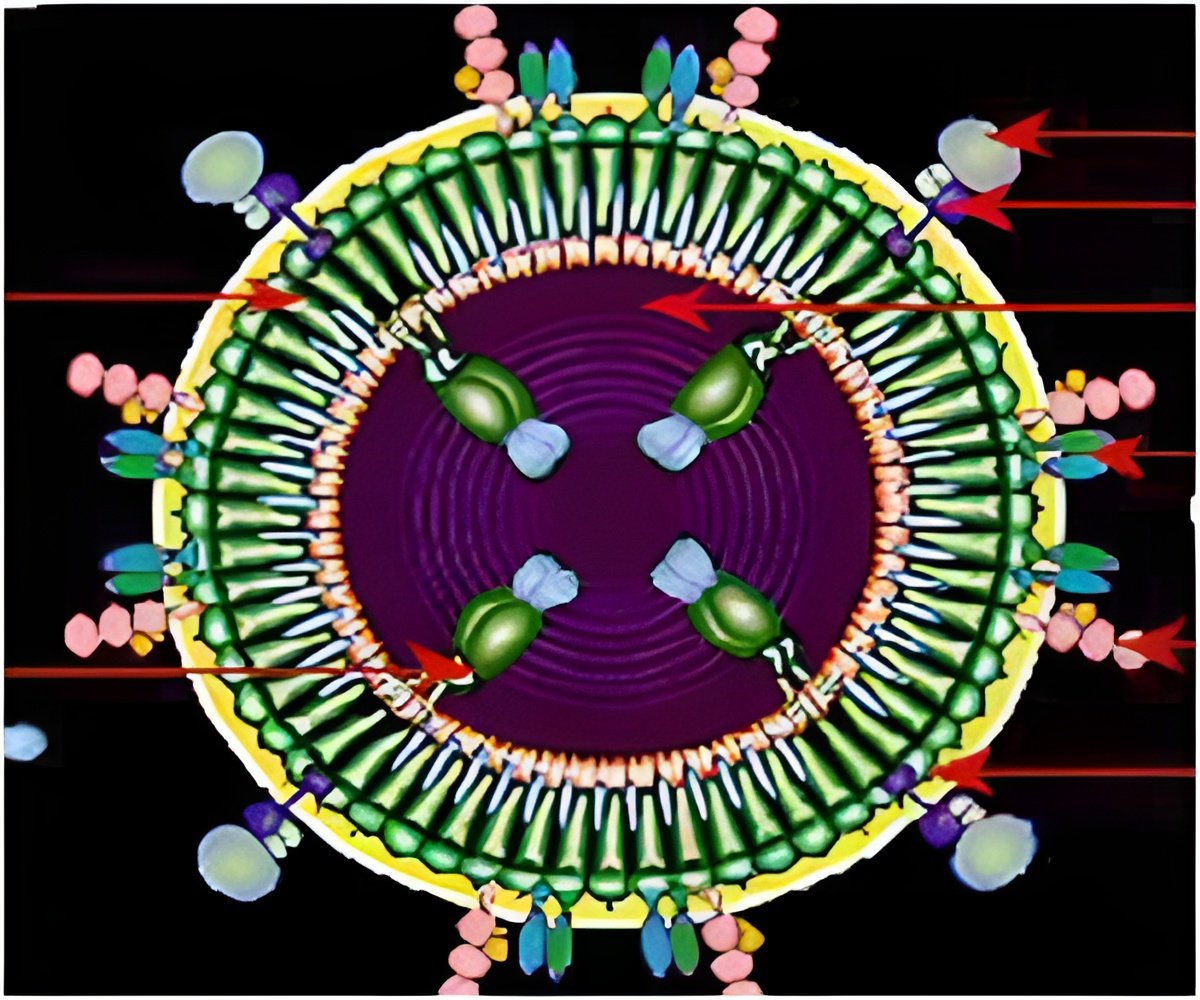
Associate Professor Spencer Williams from the University of Melbourne’s Bio21 Institute and Professor Gideon Davies from the University of York in the UK, studied endomannosidase as a model for the same human enzyme using state of the art synchrotron technology.
“If we understand how the viruses use our enzymes, we can develop inhibitors that block the pathway they require, opening the door to drug developments,” Dr. Spencer Williams said.
“In the past the problem has been that this group of viruses including HIV, Hepatitis C, Dengue Fever and West Nile virus, are able to bypass the main pathway if inhibited and replicate via a second pathway using this enzyme. Thus for a treatment to be effective, both pathways need to be blocked.
“It was already known how to block the main pathway for these viruses but until now, this endomannosidase bypass pathway has proved a considerable challenge to study.
“Combining international resources and expertise, we were able to determine the endomannosidae structure and this has revealed how we can block the bypass route, stopping the viruses from hijacking human enzymes.”
Advertisement
The study is published in the international journal, Proceedings of the National Academy of Sciences (PNAS) this week.
Advertisement
Source-Medindia











